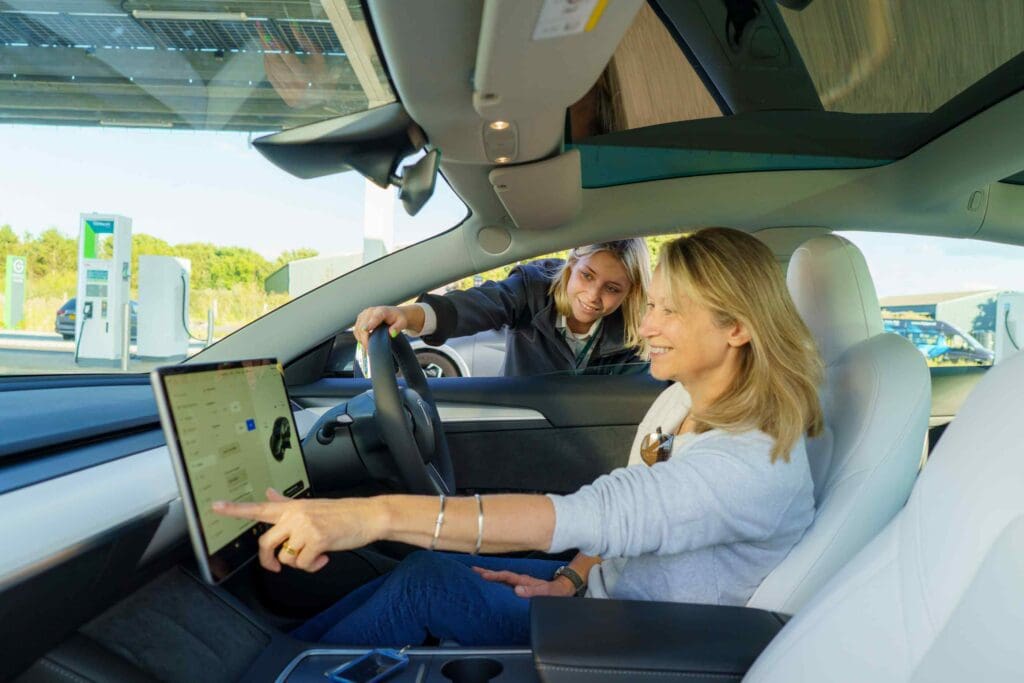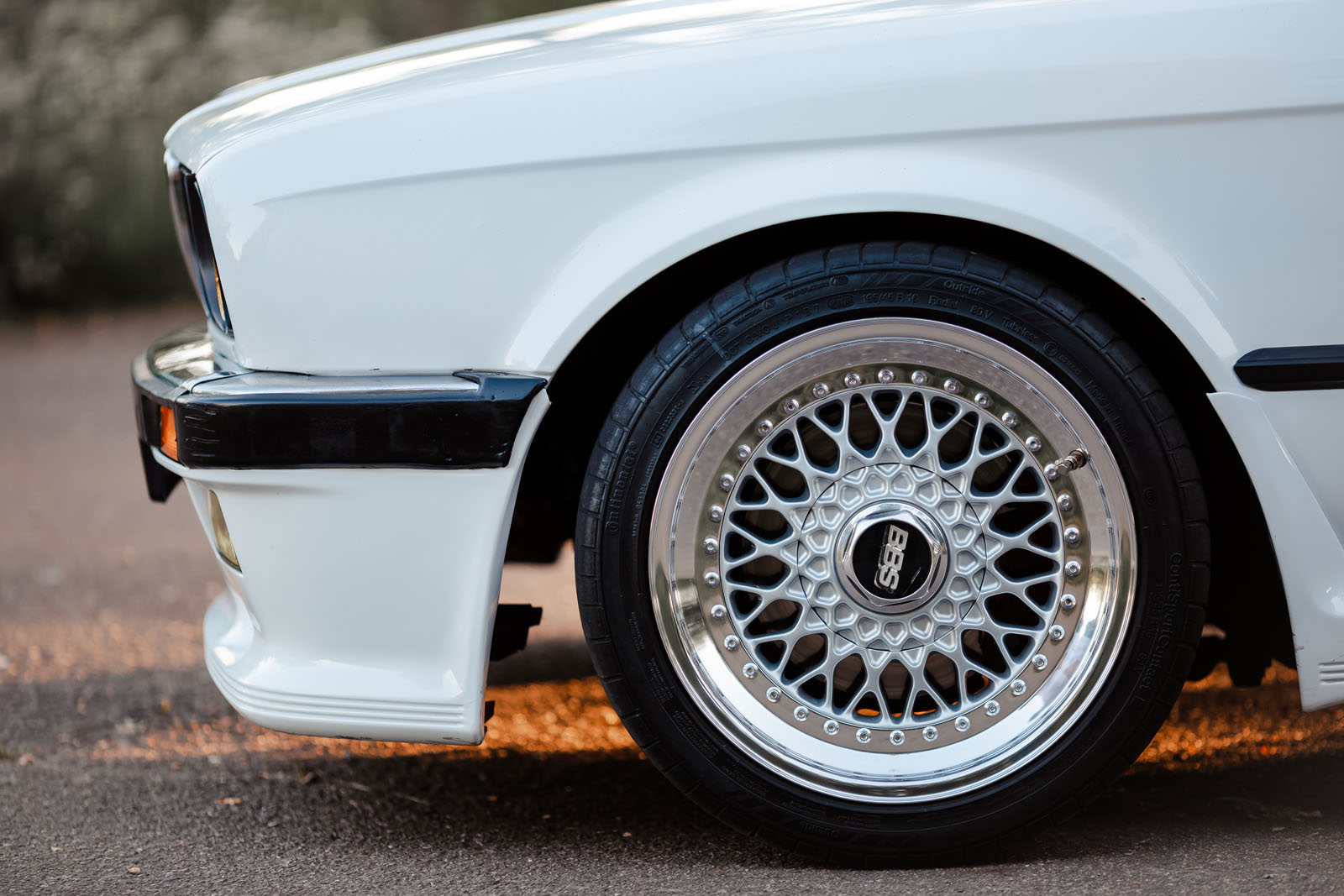How Does the Heating Work in an Electric Car?
No engine = no wasted heat, so how do EVs keep you warm? Here’s how electric car heating works, and what it means for range and comfort.

Guide: How Does Heating Work in an Electric Car?
If you’re thinking about getting an EV — or already have one — you might be wondering: how do electric cars stay warm if there’s no engine?
Good question. In petrol and diesel cars, heating is a bit of a freebie — the engine gets hot, and some of that heat is redirected into the cabin. But electric cars don’t have that luxury. So how do they keep things toasty? Let’s break it down.
🔋 Electric cars use electricity (not engine heat) to warm up
Since there’s no engine in an EV, there's no leftover heat to tap into. That means electric cars need to generate heat from scratch, using power from the battery.
There are a couple of different ways EVs do this:
1. Resistive heating
This is similar to how a fan heater or kettle works. An electric current flows through a heating element, which warms the air and blows it into the cabin.
Simple, but it uses more energy, which can impact your driving range — especially in colder weather.
2. Heat pumps
Some electric cars come with a heat pump, which is a more efficient way of heating the cabin. It works like a reverse air conditioner, pulling warmth from the outside air (yes, even in winter) and using less energy from the battery to keep you warm.
They’re super efficient — and if you drive in a colder climate, a heat pump is worth looking out for.
❄️ Does heating the car affect range?
Yes — using the heater will reduce your range a little, especially if you’re blasting hot air on a freezing morning.
How much range you lose depends on:
Your car’s battery size
Outside temperature
Whether it uses resistive heating or a heat pump
How much you're using things like heated seats, steering wheel, and rear defrosters
💡 Top tip: Heated seats and steering wheels use much less energy than heating the whole cabin. Use those first if you're looking to save range.
🚗 What about preconditioning?
This is one of the best features EVs have when it comes to heating.
Preconditioning lets you warm up the car (or cool it down in summer) before you start driving — often from an app on your phone. And if you do it while the car’s plugged in, it uses mains power instead of your battery. Win-win.
So you can:
Step into a toasty car
Clear ice from the windows
Keep your full driving range intact
Once you’ve tried it, there’s no going back.
☕ So… is heating an issue in an EV?
Not really. It’s just different to what you might be used to in a petrol or diesel car.
Electric cars can heat up quickly, especially with preconditioning. And if your EV has a heat pump, the range impact is usually minimal. But yes, on chilly days, you might notice a slight dip in how far you can go — especially if you’re doing lots of short trips and blasting the heater every time.
✅ The takeaway
Electric cars don’t use engine heat to warm you up — they do it all electrically. That means:
Heating can affect your range (but not drastically)
Heat pumps make a big difference in efficiency
Preconditioning is your best friend on frosty mornings
Heated seats and steering wheels are the sneaky MVPs of winter driving
Thinking of leasing an EV and want help picking one that handles winter like a pro? Just give the Motorlet team a shout — we’ll help you find the right setup for comfort and range.
What's next?
Enjoyed this? Read our latest news

The Best 6-Seat Cars in the UK
Whether it’s a big family, car shares or just needing extra room, 6-seaters are a smart sweet spot between a regular car and a full-on people carrier. Here are our favourites.

Can You Modify a Leased Car? Here’s What You Can (and Can’t) Do
Leasing a car doesn’t always mean you’re stuck with a factory spec — but there are limits. We explain what mods you can do, what’s a no-go, and what to check before making changes.

NHS Car Lease Scheme – What It Is and How It Works
The NHS car lease scheme gives staff access to new cars through salary sacrifice. We explain who’s eligible, what it includes, and whether it’s the right option for you.
Customer Stories
We've helped over 1,000+ customers find their dream car, hear what they have to say.
Read more reviews“As usual, top class service. The team at Motorlet provided first class service from beginning to end with the friendly helpful expertise of Josh and Wendy. Will continue to use their services as I have done for the past six years...” Keep reading
Diane Parish | Audi Q5

New deals weekly
Subscribe to get the latest offers, guides, new, and more, straight to your inbox.


















